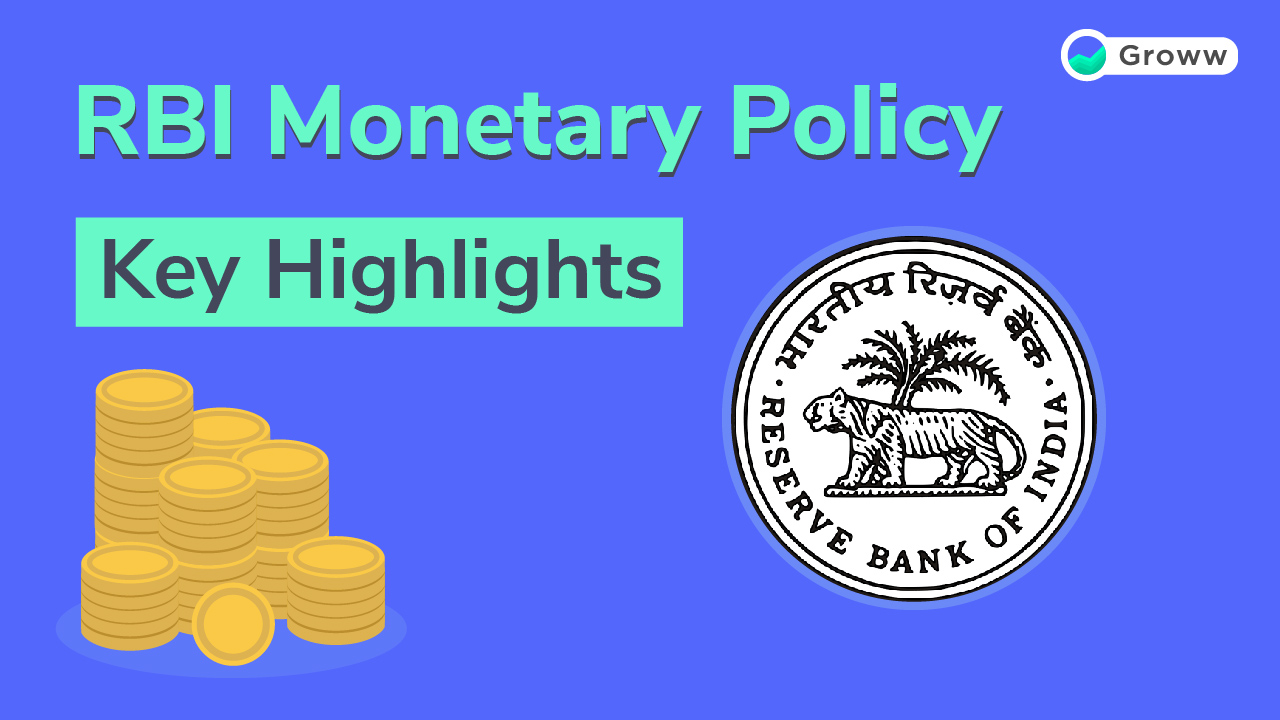RBI Monetary Policy: Key Highlights

On February 8, 2023, the RBI raised the Repo Rate by 25 basis points, raising the rate to 6.50%.
The RBI wants to focus more on gradually withdrawing from the stance “to ensure that inflation remains within the target going forward while supporting growth.”
The RBI plans to maintain an inflation rate of 4% with a +/- 2% band around the target.
Understanding an Accommodative Stance
An accommodative stance refers to the central bank extending the supply of funds to support economic growth.
During the period, the RBI assumes an accommodative stance, the interest rates are controlled to boost lending, and the possibility of an interest rate hike is ruled out. However, rising inflation concerns have led the RBI to steadily move towards withdrawing from the accommodative stance.
5 out of 6 voted in favour of the MPC's decision to remain focused on eliminating accommodation during its April meeting.
RBI's Stance on Inflation
According to a Reuters poll of analysts, the Reserve Bank of India will raise its primary interest rate by 25 basis points to 6.75% in April and then halt till the end of 2023, with the probability of the terminal rate rising considerably higher. RBI further plans a target of 4 per cent by 2024.
Commodity price declines and other factors have reduced expenditure marginally. As a result, operational and net profits have increased, despite a decrease in additional revenue due to treasury losses.
According to the RBI, food inflation pressures will continue to create shocks even when the government tries to control increasing costs and supply-side pressures in various sectors.
Citing specific consumer goods like petroleum, wherein the reduction in excise duties has moderately reduced prices, but international crude oil levels remain under pressure. There is also a higher risk in electricity and food prices because of the heatwave and unfavourable weather conditions.
Hence it decided to increase the repo rate to keep inflation under control.
RBI's Stance on Growth
On April 6, 2023, the RBI's Monetary Policy Committee (MPC) released its first monetary policy resolution (MPR) of the fiscal year 2023-24, keeping the policy repo rate steady at 6.50% and retaining the 'removal of accommodation' stance while encouraging growth.
Though the RBI Governor stated in his statement that this is a temporary halt, such a policy resolve demonstrates the RBI's shifting focus, with encouraging GDP resurgence now appearing to be a primary goal while anchoring inflation expectations seems to have taken a back seat.
Even though inflation is only expected to go upward from here, RBI expects rural and urban consumption to improve as domestic economic activity increases. In addition, rising exports may help maintain some economic activity. Considering these factors, RBI expects a growth of 6.5% in GDP during FY23-24.